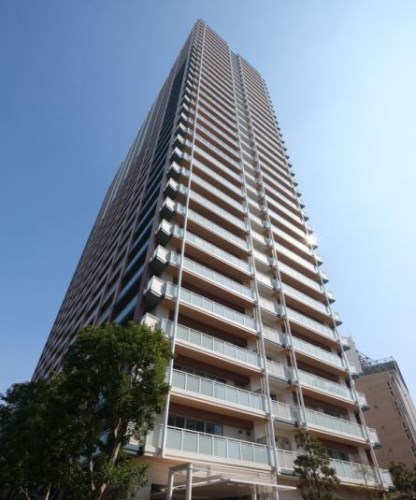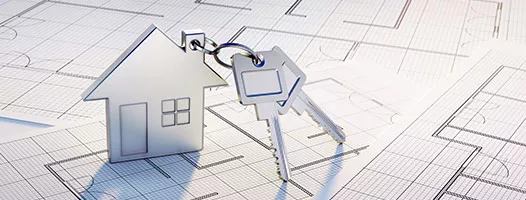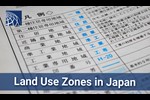The Process of Acquiring Land and Constructing a House

Many foreigners seeking to purchase a home in Japan prefer to build a custom home tailored to their specific needs and preferences.
We'll guide you step-by-step through the process of building a custom home in Japan, from purchasing land to the final handover. Building a house in Japan is a multi-step process that can take over a year. Please refer to this page beforehand to get a complete understanding of the entire process and ensure a smooth progression.
Step-by-Step Guide to Buying Land and Building Your House in Japan

1. Determining the specific requirements for acquiring land and building a custom house

Before you start, it's important to clarify your vision for your future house. Decide on the location and type of house that best suits your needs and preferences. For more details on the process of buying land and building a house, please refer to article "To Sort Out the Conditions for Building a House."
・Which area are you interested in living in?
・What is the layout of the house? How large of a house are you looking to build?
・How much are you planning to spend on the land and construction of the house?
・What is your borrowing capacity for a home loan?
2. Search for property

Once you've determined your desired location, house style, and budget, you can begin your property search. For more detailed information on land acquisition, please refer to our guide on "Buying land and building a house on it - Land search and land purchase."
3. To find a construction company to build my house

While searching for property, you should also begin the process of selecting a construction company. Sharing your house design with potential builders can help streamline your property search. A construction company can typically refer to a home builder, general contractor, or design firm, each with its own unique characteristics. Certain construction companies can assist you in your land search. For more information, please visit our guide on "Buying Land and Building a House on it - Selecting a Construction Company and Construction Costs."
4. Exploring financing options for a housing loan

If you're also considering a loan for the land purchase, start researching financial institutions as soon as possible. Land advance loans and bridge loans, which can be crucial for financing land purchases and construction costs, are not widely available from financial institutions.
Before applying for a loan, thoroughly research the terms and conditions offered by various financial institutions to ensure you choose the most suitable product. For more details please refer to article "Costs of Buying Land + Building a House on it and Housing Loan."
5. Land and ground survey by a construction company

Once you've selected a property, consult with a construction company to assess its suitability for your desired house. As explained in Buying land and building a house on it - Thoroughly assess the land you're considering, taking into account zoning laws, topography, road access, and utility infrastructure. Before you buy the land, make sure you have a construction company inspect it.
6. Design plan and cost estimate by a construction company

Ask the construction company to prepare a specific design plan and cost estimate for the house to be built on the proposed land.
7. Financial planning and pre-approval for a mortgage

Calculate the estimated costs for propoerty, construction, and other expenses, and create a financial plan. A brokerage fee is charged when purchasing land through a real estate agent. Additionally, various other fees will apply, including a loan origination fee, mortgage insurance premium, and real estate registration fees.
Determine the timing and amount of payments required, including your down payment, housing loan, and loan disbursement schedule.
When applying for a land purchase loan, you'll typically need to provide a land purchase contract, a house design plan, and a construction cost estimate to the financial institution.
For more details, please refer to our guides on Costs of Buying Land + Building a House on it and Housing Loan.
8. Contract for land purchase and delivery of payment

When you sign a land purchase agreement, you'll receive a detailed explanation of the property and the terms of the contract. If there are no issues, a deposit of approximately 10% of the purchase price will be paid, and the contract will be signed. Upon full payment, the land will be transferred to the buyer. At this time, brokerage and registration fees will also be charged. If you use a land advance loan or a bridge loan, you'll need to combine your own funds with the loan to cover the costs.
For more details, please see our guide on the Costs of Buying Land + Building a House on it and Housing Loan.
9. Construction contract and commencement

Once the land transfer is complete and the house design is finalized, a "construction contract" will be signed, and construction will commence. The construction cost of the house is typically paid in 3 to 4 installments from the contract signing to the completion of construction. When using a "Land Advance Loan" or a "Bridge Loan", it's important to understand that the funds will be disbursed in installments rather than a lump sum. A groundbreaking ceremony may be held to bless the construction project, followed by a topping-out ceremony to celebrate the completion of the building's framework. You can also visit the construction site to inspect the progress of the work.
10. Completion and handover

Upon completion, you'll work with the construction company to conduct a final inspection and identify any defects before the house is handed over.

- Apartments & Houses for Sale in Tokyo
- Listings of apartments, condominiums, and houses available for purchase in Tokyo.


















